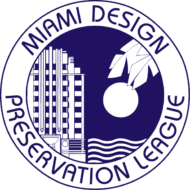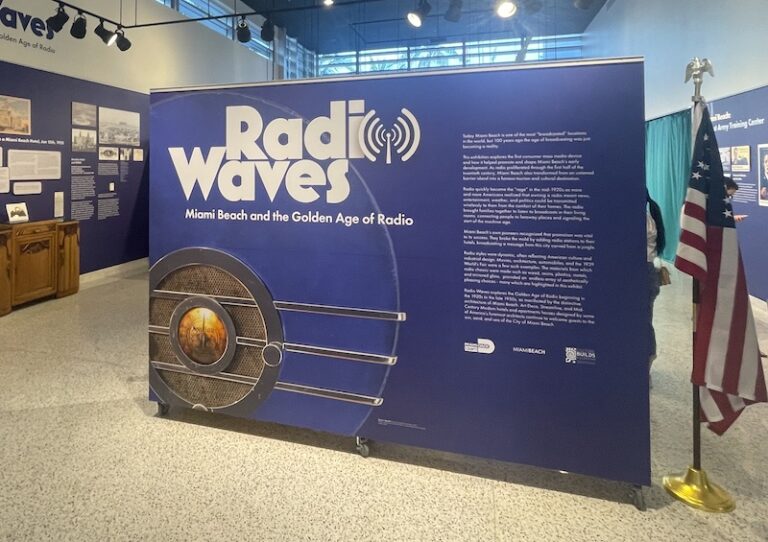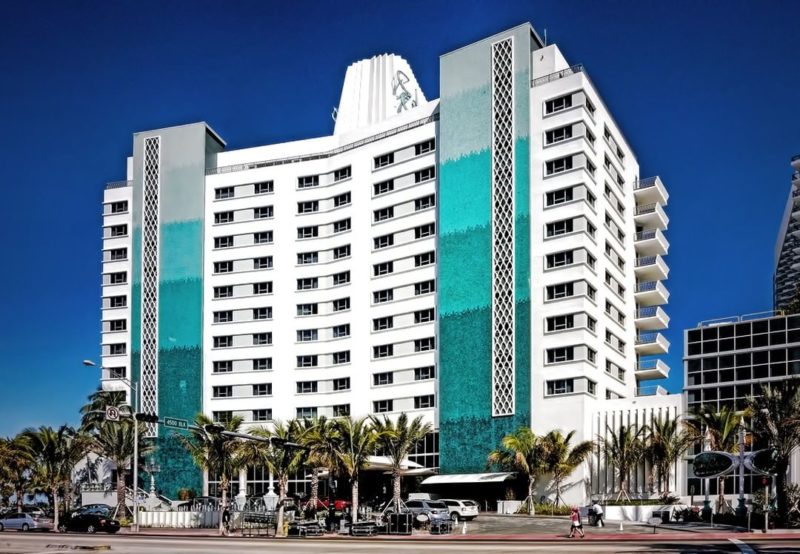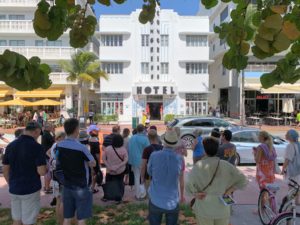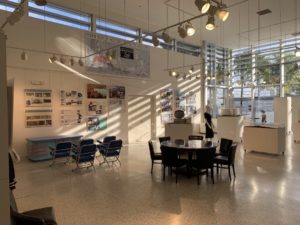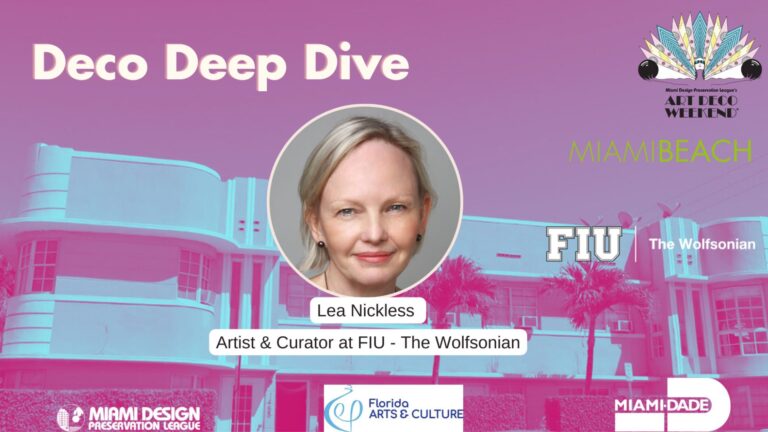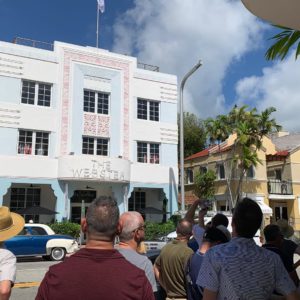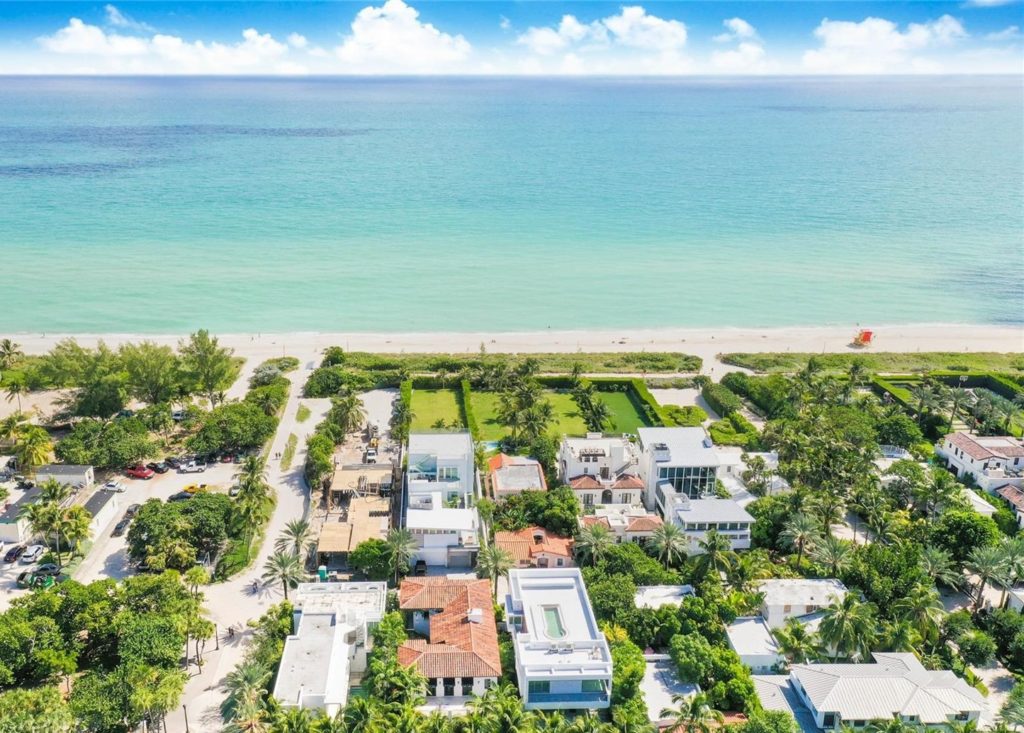
You may know Miami Beach as home to many luxurious hotels and condominiums, but the city is also home to a unique historic district known for its oceanfront single-family homes.
Altos Del Mar, which is Spanish for “Highlands of the Sea,” is named after its location on the highest point of the island near the Atlantic Ocean.
This historic district in Miami Beach is known for its extravagant oceanside homes. It was historically designated in 1987. You can read the full designation report here.
This small gated community is located between 76th and 79th St, south of North Beach Oceanside Park and North of Miami Beach Bandshell. It is home to the Altos del Mar Sculpture Park.
The historic single-family home community is known for its mix of Mediterranean-inspired and sleek modernist homes.
The district lies within the Altos Del Mar subdivision, which was platted in May of 1919 by prominent Miami developers the Tatum Brothers.
The three brothers (Smiley, Bethel, and Johnson Tatum) came to Miami in the early 20th century and spent many years planning large subdivisions all over Miami-Dade County. Some of their early efforts involved dredging and developing part of the swampland in the Everglades. In 1911, they created the settlement of “New Detroit,” which later became Florida City.
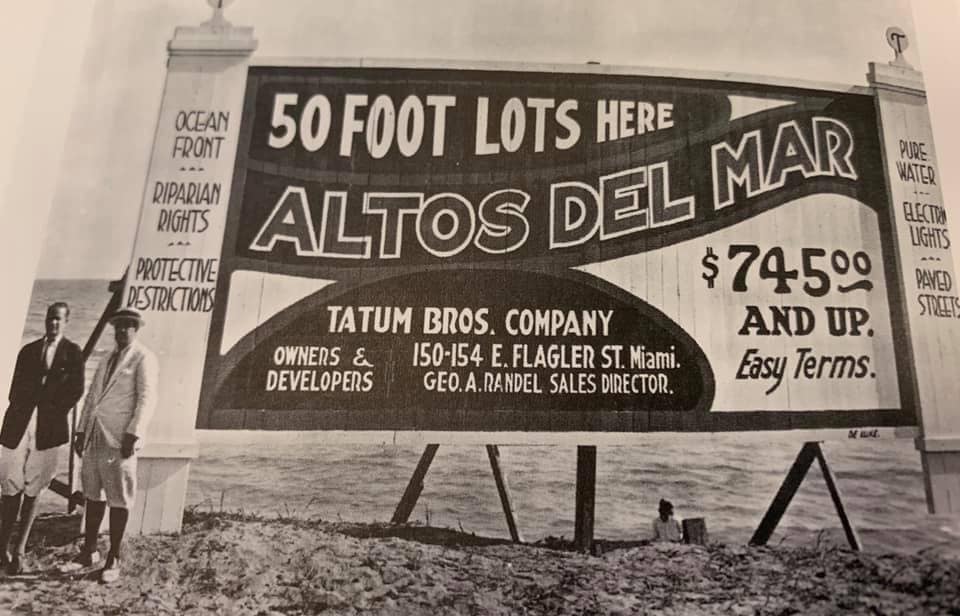
The brothers gained a solid reputation for their land sales and promotion, and they later created the Tatums Ocean Park Company in pursuit of developing Miami Beach’s north shore.
Altos Del Mar was an early attempt to create a residential subdivision in Miami Beach and played a key role in opening up the north shore area to further development.
The original Altos Del Mar subdivision ran from 75th Street to 83rd Street on both sides of Collins Avenue. The neighborhood centered around the newly created Airoso Way, renamed Atlantic Way in 1929.
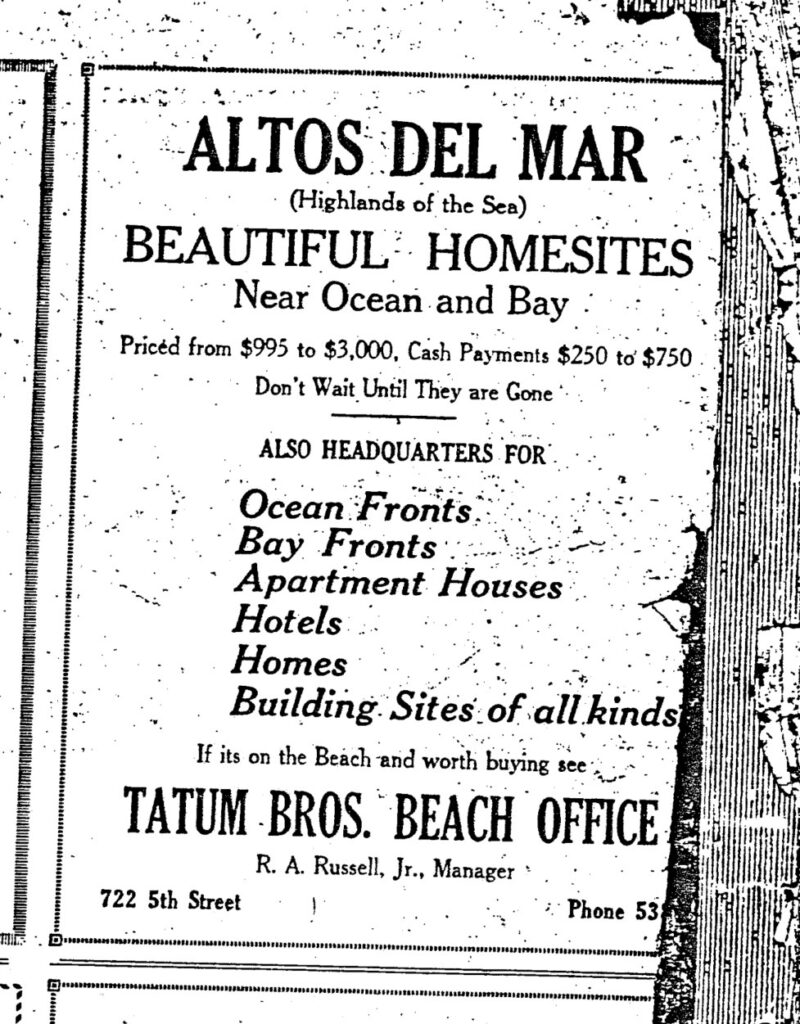
The brothers created six subdivisions named Altos Del Mar between 75th Street and the northern Dade County line. These spanned much of Miami Beach’s north shore and present-day Surfside, Bal Harbor Village, Sunny Isles, and Golden Beach.
Following a successful string of land sales, the first home in the area was built in 1925 at 7827-7837 Atlantic Way, six years after the subdivision was platted in 1919.
The home was built in the Mediterranean Revival style, which dominated the district during early construction. The style rose to popularity in South Florida in the early decades of the 20th century for its Spanish influence.
This romanticized version of the Mediterranean style was adaptable to the subtropical climate and the breeze-swept oceanfront setting of the area.
Some of the most popular features these homes included were interior courtyards, clay barrel-tile roofs, wide porches and terraces, thick masonry walls, and the incorporation of indigenous materials like native woods and stones.
Altos Del Mar’s Spanish name and architecture helped give the blossoming district an air of tradition and permanence that was visually appealing and contextually appropriate.
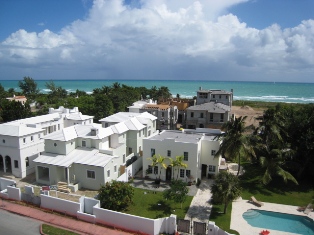
Mediterranean Revival remained the style of choice in the area from its inception into the 1930s and 40s, lasting during the rising popularity of other styles like Art Deco, Streamline Moderne, and the International Style.
Even with the rise of modernism elsewhere in the city, those involved in the creation of Altos Del Mar remained loyal to the more traditional architectural style, which was considered romantic and historically rich.
An early example of the style was a home on 7729 Collins Ave built in 1930 by German-born and European-trained architect George L. Pfeiffer, who came to Miami before the turn of the century. Pfeiffer’s European influence was evident in the home’s elaborate door and windows, as well as its pilasters, obelisk finials, and bracketed windowsills.
Additional Mediterranean Revival homes were designed by prominent architects like Albert Anis, L. Murray Dixon, Alexander Lewis, Carlos Schoeppl, and August Geiger, who worked for Miami Beach pioneer developer Carl Fisher.
From the 1940s into the ‘50s, the homes built in Altos Del Mar began to rely less on the traditional style, embracing a more modernist approach that disrupted the district’s aesthetic homogeneity. However, its sense of seclusion and harmony remained.
Today, this historic district is the last remaining single-family oceanfront neighborhood in the City. It is one of the most exclusive and unique in Miami Beach real estate, with many oceanfront mansions featuring covered patios and private pools built on the historic Atlantic Way.
